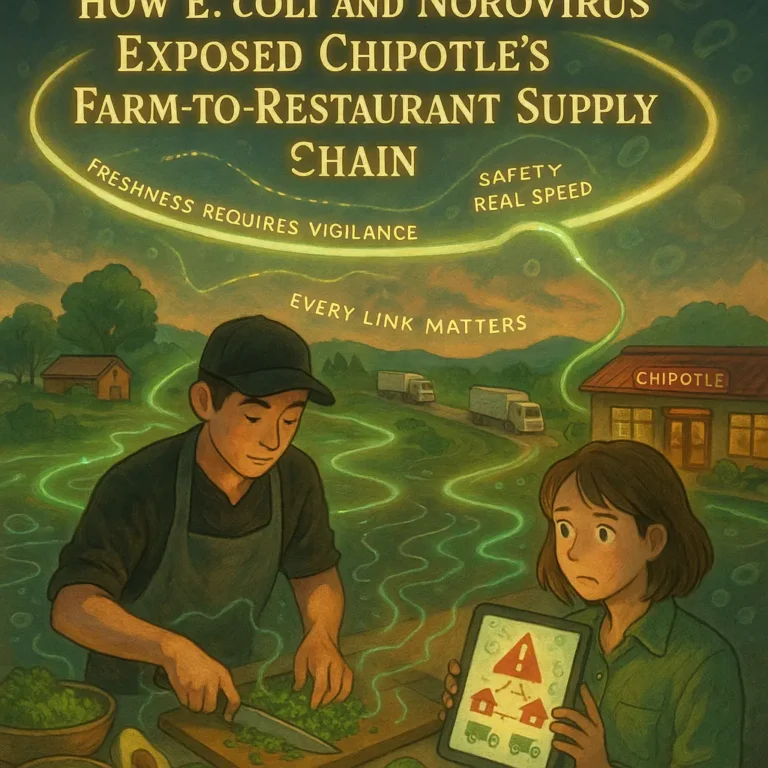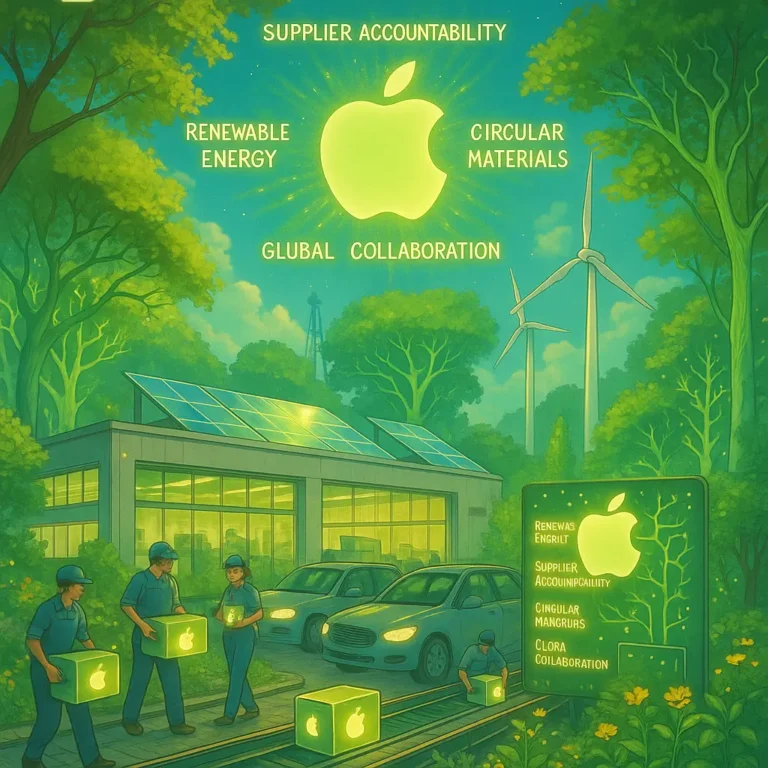
Net Zero and Carbon Neutral Concepts Net Zero Emissions Goals A climate-neutral long-term strategy Ready to put wooden blocks by hand with green net center icon and green icon on gray background.
Over 50% of businesses run a sustainable procurement policy, and 74% of supply chain professionals have a specific sustainable procurement goal. Undoubtedly, sustainable sourcing plays a big role in modern supply chain operations.
Sustainability is no longer a passing thought. It is now a main feature in many business operations across the globe. And supply chains are the most impacted. With supply chain management playing such a crucial role in the world economy, it only makes sense to integrate sustainable practices through sourcing to ensure it does not run amok on the environment.
It is so critical that 78% of procurement leaders plan to prioritize sustainability when choosing suppliers.
What is Sustainable Sourcing?
It is the integration of all relevant environmental, social, and economic factors in managing suppliers and the acquisition of raw materials to meet the supply chain’s goals.
The idea of sustainable sourcing is that money, while significant, shouldn’t be the only factor businesses and supply chains consider. This is particularly true when selecting, negotiating, dealing with, or onboarding suppliers. Over the years, sustainability has been proven to be more of a journey than a destination. Sustainable sourcing is more than making promises.
It requires a lot of action, and one sure way to take action is by implementing the sourcing practices listed in this article.
What Are The Best Sustainable Sourcing Practices?
Getting sustainable sourcing right means relying on a system or a set of practices.
This way, the supply chain has more chance of success. But the thing is, these practices are not easily defined or made available. In this section, we explore practices that give the procurement team and the sourcing department more chance of success when seeking to make their sourcing practices more environmentally friendly.
Have A Well-Defined Sustainable Policy and Blueprint
Sustainability doesn’t have to be just a sourcing issue.
The organization and supply chain should have a well-defined sustainability policy. This covers every aspect of the business and supply chain operations. A well-defined and communicated policy will prompt other stakeholders, especially suppliers, to adapt quickly. An organization’s sustainability policy may be shaped using guidelines from government policy, recognized international bodies, or industry standards.
When setting up the supply chain’s sustainability policy, it is critical to ensure it aligns perfectly with the business objectives. This is how to get the best possible outcome.
Select Suppliers Who Share The Sustainable Values Of The Business
The idea of sustainability is now integrated into the values and principles of many businesses and companies.
Partnering with suppliers who do not share these sustainability values can quickly derail sustainability goals. And that could lead to unnecessary and unwanted problems for any supply chain or business. This is why the sourcing strategies must be redesigned to ensure the supply chain only partners with businesses that share similar values. However, this can be challenging when partnering with businesses or suppliers in third-world countries.
A great strategy for matching with the right supplier is using a well-thought-out checklist highlighting the suppliers’ strengths and values. Making the sustainability value a part of that checklist will go a long to matching you with the right supplier.
Monitor Supplier CSR Performance
At this point, it is clear that suppliers are a big part of modern supply chain operations.
Getting the right supplier with the right sustainable values is excellent, but it doesn’t stop there. Suppliers have been known to buck on their responsibilities time and time again. Sometimes, with huge blowbacks on the supply chain. Organizations must continuously monitor their suppliers’ CSR (corporate social responsibility) performance to ensure they adhere to sustainability agreements.
Constant monitoring of suppliers keeps the business and its supply chain’s sustainability goals in check, allowing it to meet them while collaborating effectively with your suppliers.
Transparency With All Stakeholders, Including Customers
A supply chain without transparency will encounter problems more often than it cares for.
The reason is that there will be a minimum or total lack of clear communication between the stakeholders. As you can imagine, that causes problems. Allowing transparency in the supply chain keeps all internal stakeholders actively involved and aware of all the sustainable processes involved in the supply chain.
This is especially important for stakeholders like consumers, who are increasingly looking to favour businesses and organizations that have made sustainability an essential part of their business.
Educate And Support Current Suppliers in Achieving Sustainable Sourcing
Certain supply chains or organizations are coming to terms with the benefits of sustainability. Many more would come around.
Sometimes in a bid to get their sustainability goals started, these new converts (supply chains or organizations) put a lot of pressure on their suppliers. This can be counter-productive. It doesn’t seem right to bully one’s partners, especially those with whom they have enjoyed long-term relationships or collaborations. It can cause disruptions in the supply chain. To get it right, these businesses may as well start by educating these suppliers, supporting them, and offering incentives for integrating sustainable practices in their business.
That way, the supply chain is still moving but adapting, even if it is slow.
Benefits of Sustainable Sourcing
Whenever sustainability in business is mentioned, people immediately ask how it benefits their business, especially in the short term.
Most times, because they don’t get an immediate boost to their profits, businesses and supply chains tend to be nonchalant about implementing sustainable sourcing and other practices. They couldn’t be any more wrong, though
Here are a few benefits of sourcing sustainably:
Boost Profits
It is hard to see businesses making money from integrating sustainable practices in the short term.
However, it is a significant long-term investment that frankly pays for itself and more. Sustainable sourcing practices offer any business the following:
- Reusable materials
- Customer brand loyalty
- Improved efficiency
- Future-proofing from regulations
- Fewer customer complaints.
All these are valuable to any business or supply chain seeking to reduce cost, and with sustainable sourcing practices, the supply chain has access to all these.
Brand Reputation and Loyalty
Customers today want their favoured brands to be more sustainable.
A Futerra survey found that 88% of customers cared about their preferred brands, helping them live in a safer environment. A similar survey by Deloitte found that 28% of consumers have stopped purchasing certain goods because they were worried about the brand’s approach to sustainability. While 28% might seem low, I can imagine your business will surely welcome a 28% rise in revenue and profits. That is what was taken away from these other businesses.
The bottom line is that sustainability sells.
Creates a More Significant Social Impact.
This is the most critical aspect of sustainability.
Sure, the money and brand image are great, but our environment holds greater importance. Instead of giving away tons of money, a business can help people live better lives by making the environment safer. In reality, a safer environment is more of a basic need for everyone. Through sustainable practices, slave labour goes away. Oil spillages become a thing of the past, and the oceans, lands, and air are healthier for all habitats.
All of which are helping in regions like Africa with less-than-ideal sustainable sourcing strategies.
Challenges of Sustainable Sourcing Practices
Making the sourcing process more sustainable is a great success strategy for any supply chain.
However, implementing sustainable sourcing practices comes with its own challenges. And some are more nuanced than others, depending on the supply chain.
Lets take a look at some of these challenges.
May Require Huge Capital
This is a major turn-off for many businesses and supply chains. And it can be quite understandable. That is why experts recommend making sustainability a journey rather than a destination.
It Can be Difficult to Manage Stakeholders
Selling the virtues of sustainability to stakeholders in the supply chain can sometimes be an uphill battle. This may also be true with your suppliers and other stakeholders.
Regulations
Sustainable sourcing is not a new concept but has become more widely accepted. Because of this, Government policies and regulations are still adapting, which could prove challenging to keep up with.
Wrap Up
Sourcing is the first act of any supply chain.
Therefore it is essential to get it right, especially concerning sustainable practices. With supply chains becoming more complicated and integrated, sustainable sourcing plays a more vital role than ever. Its necessity is because it thoroughly impacts the outputs of any supply chain, as highlighted in this article.

Obinabo Tochukwu Tabansi is a supply chain digital writer (Content writer & Ghostwriter) helping professionals and business owners across Africa learn from real-world supply chain wins and setbacks and apply proven strategies to their own operations. He also crafts social content for logistics and supply chain companies, turning their solutions and insights into engaging posts that drive visibility and trust.









3 thoughts on “Sustainable Sourcing: Best Practices”